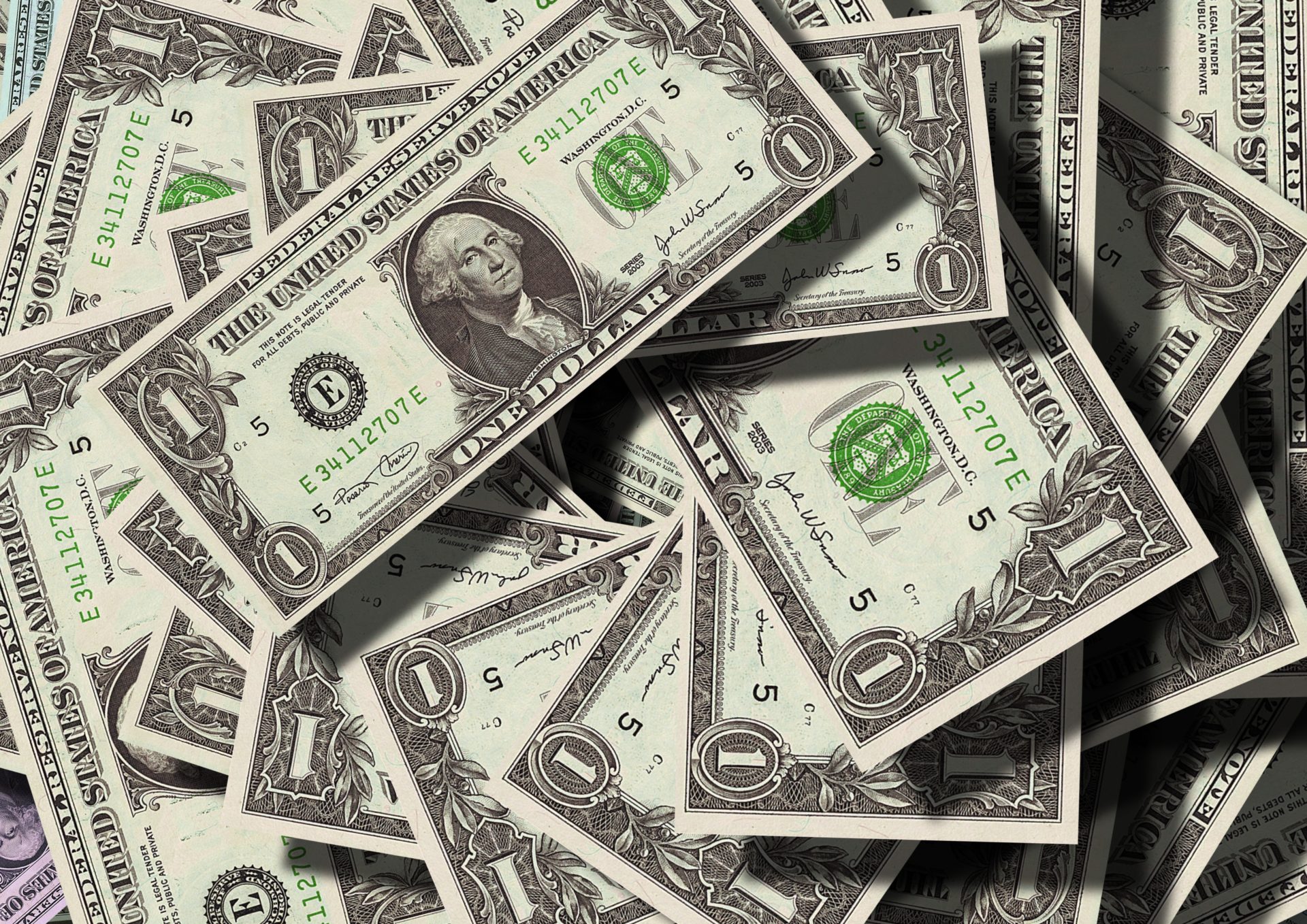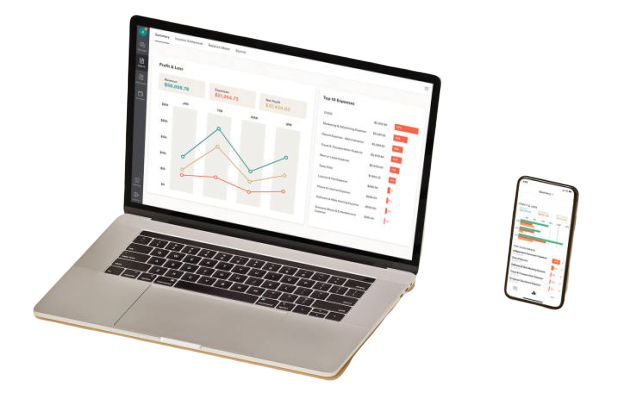
Reasons Why Your Business Needs a Petty Cash Fund
With the world shifting in technology and becoming paperless, you may think there’s no point in having a petty cash fund. Even though we are becoming more digital, there’s always a need for petty cash. You never want to find yourself or your staff member in a bind because no physical cash is lying around for those “just in case” moments. Those “just in case” moments are why you need a petty cash fund.
Why do businesses use petty cash funds? It’s a useful tool for your employees to make small purchases without having to requisition money, use a company debit or credit card, or have a check cut for them. Transactions like those require time and more paperwork to complete. They are typically used for larger purchases; whereas a petty cash fund is for small business expenses.
Petty cash is useful for those “Oh no, we’re out of coffee” and small around-the-office purchases that need to be replaced or replenished promptly. It allows your employees to go straight to the store, cash in hand, buy what’s needed, and return with the change and receipt for the bookkeepers. They won’t have to wait a few days for approval on that $10 purchase from multiple people, check cutting, signing out the company card, etc. Petty cash can be a time saver.
How To Use A Petty Cash Fund
You should first understand what a petty cash fund should be used for in your business. As previously stated, this small amount of cash is for small business expenses. It makes your business run more efficiently. But what constitutes as a “small business expense”? This may differ for each business (especially in regard to how much you want to have in your petty cash fund), but some examples are coffee, office supplies, postage, gas for company car, refreshments or meals for meetings, etc. Petty cash can even be used for reimbursing an employee that bought something small that the office needed.
The next aspect of a petty cash fund that is necessary to know is how to handle it. Most businesses keep their petty cash in a locked box or drawer. Some like to keep it at the front of the business while others stash it in their bookkeeper’s office space. Whatever works best for you and your business. The moment an employee withdraws money from the fund, they should fill out a slip of paper stating how much was taken, who took it, and the purpose of use. This creates a good balance of accountability within your workplace. Once that staff member has returned from making their purchase, they must document how much was actually spent on that slip from earlier and attach the receipt, too. Any change leftover will also be placed back into the box or drawer. Now it’s up to the bookkeeper to take the slips, receipts, and change to reconcile it all. The purchase is documented as business expenses in the books, and the cash is replenished to the original petty cash fund amount.
How much petty cash should a business have?
Your petty cash fund amount may vary from that of other businesses, but it all depends on your type of business. Small—to medium-sized businesses typically have $25-$100 as petty cash. Larger businesses may range from $100-$500 and sometimes exceed $500.
Conclusion
It’s always wise to evaluate your petty cash fund occasionally. That way, you will know if it’s large enough for your business to function well. If there’s always a significant amount of unused cash sitting around, you will know your fund should be a lower amount. Petty cash can tell you how often you need to replenish a certain item around the office. Keep your work culture positive and have enough money in your petty cash fund for those “just in case” moments. If you are having trouble with cash flow, please call Steph’s Books to help you track everything. Know where your business does well and needs to improve financially by calling us today!



